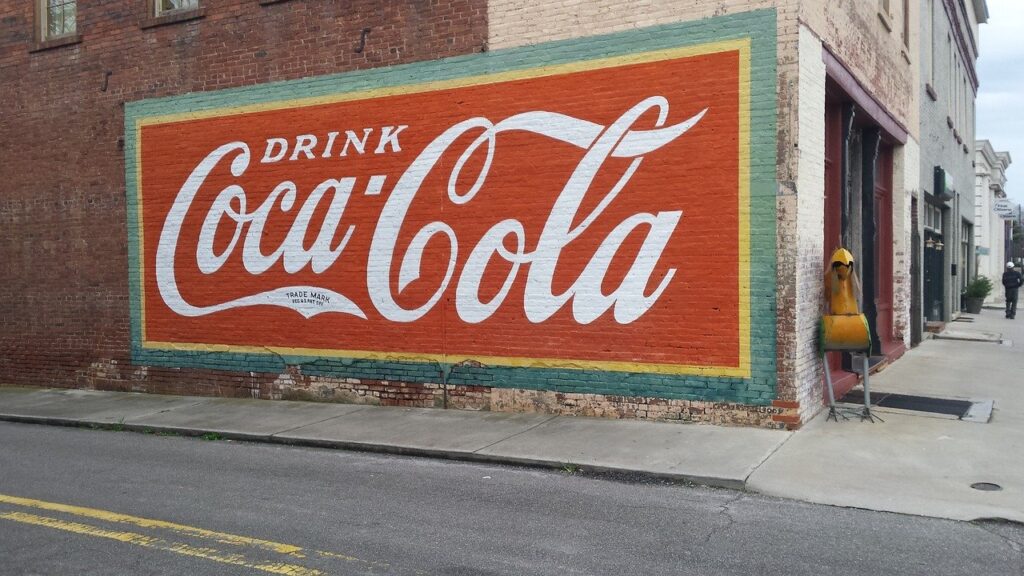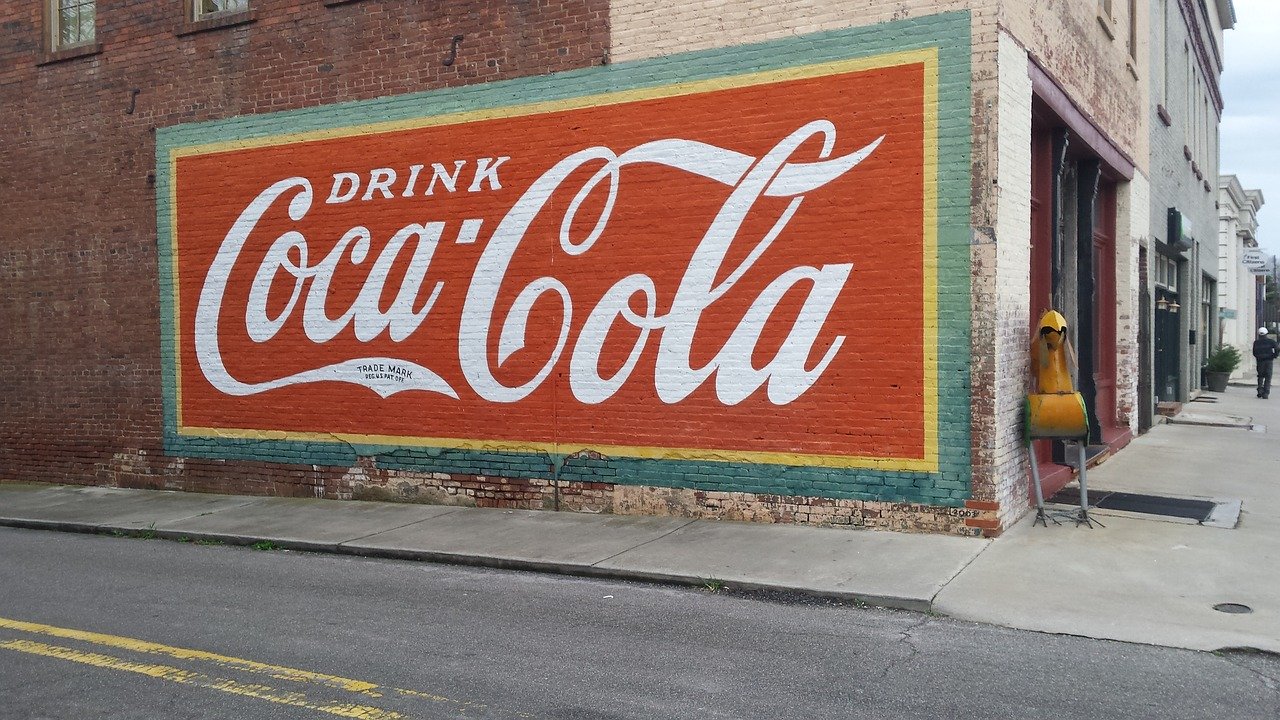It might come as a surprise – but the first Life Cycle Assessment was conducted by Coca Cola in 1969!
The late 60’s were a time of sustainable awakening:
The oil crisis and concerns about population growth led to environmental movements in many countries. The study The Limits of Growth summarized that sentiment in 1972.
How did all this lead to the LCA methodology that we are using today?
Coca Cola wanted to analyze the environmental impact of their beverage containers
Today, the environmental impact of packaging is a big concern for many companies. The first steps in the world of environmental footprinting for our clients is often an analysis of their packaging materials.
Back in 1969, that wasn’t quite the same. The zeitgeist, as well as economic considerations, led Coca Cola to an internal study, that can be considered as the foundation of today’s LCA metholdology.
Coca Cola compared different beverage containers in order to determine the lowest releases to the environment. Another consideration was the supply of natural resources.
How Coca Cola measured their environmental impact
In this particular study, Coca Cola quantified the raw materials and fuels used, as well as the environmental impact of the manufacturing processes.
This methodology was known as Resource and Environmental Profile Analysis (REPA). The European equivalent was called an Ecobalance (The German name of Life Cycle Assessment, Ökobilanz, is directly derived from this term).

In the early 70’s, many companies started to analyze their products in similar fashion. Industrial data was still scarce, however. So much of the analysis was based on publicly available data.
Standards help spread LCA
The US Environmental Protection Agency (EPA) published their LCA 101, a first document to support the upcoming methodology, in the 1980’s.
The European commission followed in 1985 and issued the Liquid Food Container Directive in 1985.
The 80’s: LCA becomes a marketing instrument
In the late 80’s, companies started using environmental footprints in their marketing claims. Since there was very little standardization, this quickly became an issue.
This is why in 1991, the USA denounced the use of LCA results until further standards were in place.
1997: ISO 14000 standardizes LCA globally
This was over in 1997, when the International Standards Organization ISO published the standard ISO 14000, including ISO 14040, which defined the correct process of a Life Cycle Assessment.
ISO 14040 has gone through many updates, and is still the standard for Life Cycle Assessment used today.
Maybe Coca Cola didn’t invent the modern Life Cycle Assessment . But their brand will forever be connected to the first attempts of environmental footprinting.

